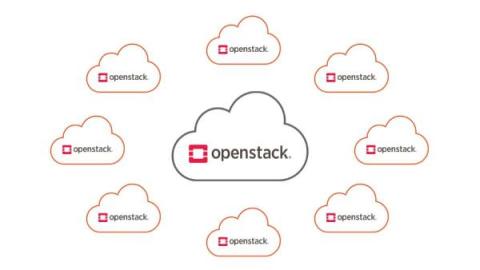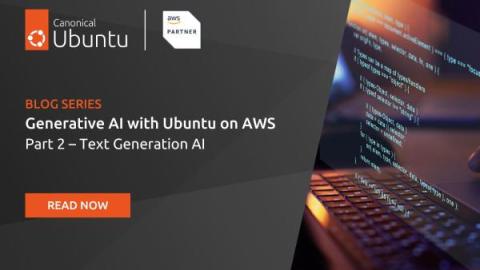OpenStack with Sunbeam as an on-prem extension of the OpenStack public cloud
One of the biggest challenges that cloud service providers (CSPs) face these days is to deliver an extension of the public cloud they host to a small-scale piece of infrastructure that runs on customers’ premises. While the world’s tech giants, such as Amazon or Azure, have developed their own solutions for this purpose, many smaller, regional CSPs rely on open source projects like OpenStack instead.=











